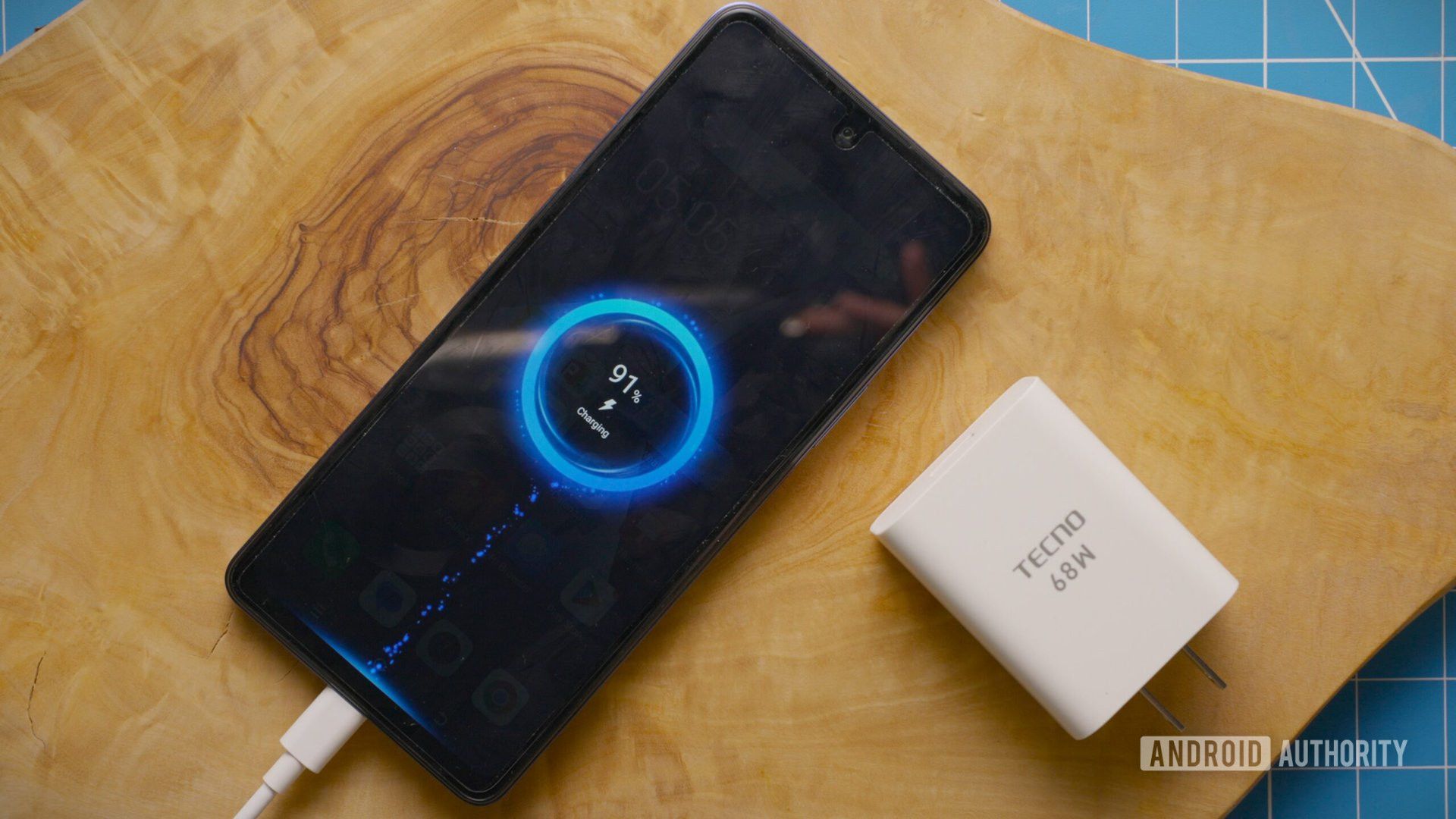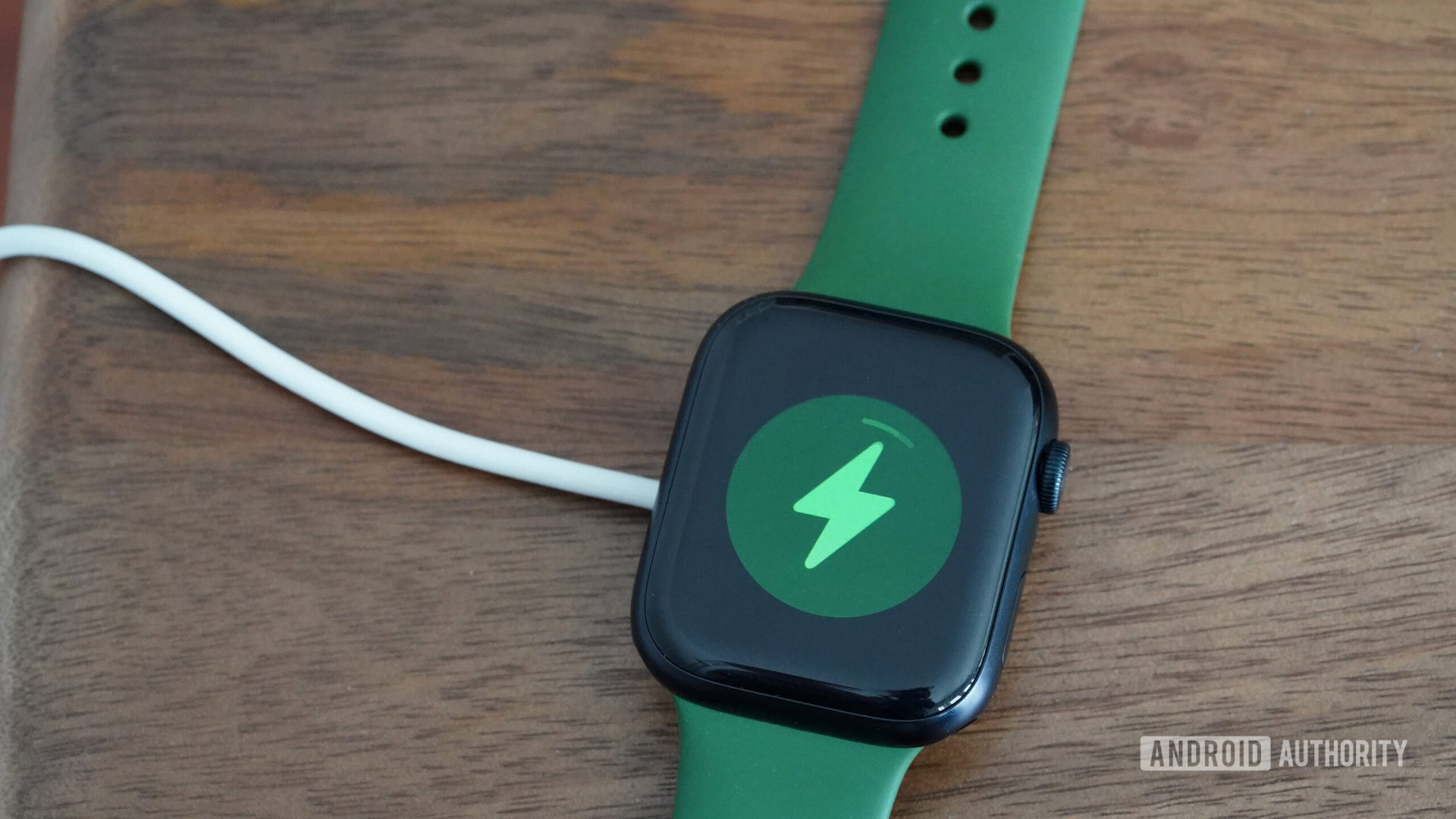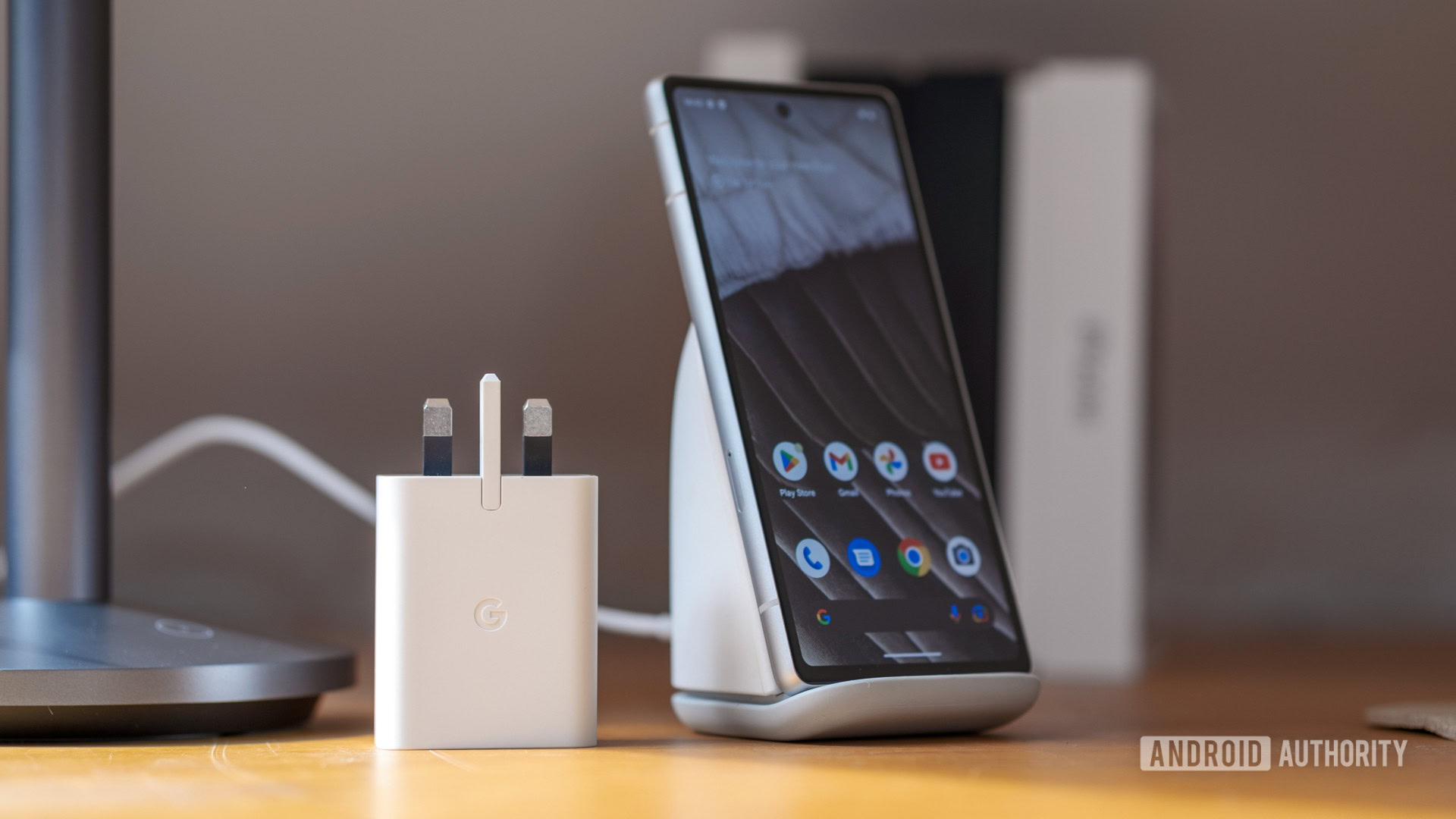Affiliate links on Android Authority may earn us a commission. Learn more.
What is battery degradation? 4 charging habits to improve battery health

In the age of fast charging, battery health has become a contentious topic in the smartphone and broader tech industry, especially with Tesla and other electric vehicles gaining popularity. Some argue that our modern charging habits negatively impact battery health, while others prefer convenience over longevity. But at the crux of the issue lies some important questions: what is battery degradation and do factors like charging habits cause it? Moreover, is there anything we can do to prevent it without sacrificing the convenience of fast charging? Let’s break it down.
What is battery degradation and why does it occur?

From cell phones to electric vehicles, virtually all rechargeable devices in our lives have now transitioned to lithium-ion batteries. Unlike many alternative battery technologies, lithium-ion can store tremendous amounts of energy in a compact footprint. Their high energy density makes them perfect for devices like smartphones and even electric vehicles. On top of that, they offer a low self-discharge rate and a uniform voltage while discharging.
However, lithium-ion batteries aren’t perfect. They offer a high number of discharge cycles, but will lose capacity with repeated charging and discharging. Every time you drain a fully charged battery, the lithium-ion battery undergoes one charge cycle. Battery manufacturers will typically rate their batteries to survive 500 to 1,000 charge cycles. To understand why, we’ll need to dig a bit deeper into the internal chemistry of a lithium-ion battery.
Charge cycles are key to understanding battery degradation.
You see, lithium-ion batteries are made up of a metal oxide-based cathode (commonly LiCoO2) and a graphite anode. When you use a battery or discharge it, lithium ions move from the cathode through the electrolyte to the anode. This migration of ions helps power your electronic device. When all of the ions have moved to the other end, we initiate the reverse process. As you’d expect, this involves plugging your smartphone or vehicle into an outlet. Inside the battery, ions now move back from the anode to the cathode.
This cyclic charge and discharge process can take place hundreds of times over the lifetime of your device. However, each and every cycle puts some amount of stress on the battery’s internal materials. We can control the amount of stress to some degree, as we’ll discuss in a later section, but repeatedly cycling the battery will always cause some amount of degradation. Put simply, this is why your device’s battery doesn’t last as long after two or three years.
How do phone batteries degrade over time?

Even just using a lithium-ion battery normally will cause battery degradation over time, but there are certainly a few factors that can accelerate the process. Regardless, here are some of the most common reasons for battery wear:
- Stress and chemical changes: A lithium-ion battery’s cathode, made up of a metallic oxide material, ages over time. It can develop cracks and lose its original structure, which can reduce the amount of lithium available during the discharging process. Likewise, some of the Lithium can react with the other materials in the battery to form new compounds that harm the battery’s performance. These are known as side reactions.
- Extreme temperatures: Exposing a battery to high temperatures, especially during the charging process, can lead to a phenomenon known as lithium plating. In a nutshell, it involves the collection of metallic lithium on the anode’s surface. If left unchecked, this plating can eventually even pierce the separator between the anode and cathode, leading to a short circuit within the battery.
- Depth of discharge: In batteries, depth of discharge refers to the percentage used in each charge cycle. For example, discharging from 100% to 0% indicates a higher depth compared to a higher percentage. Frequent deeper discharges put more mechanical and chemical stress on the electrodes. And as we know now, that directly translates to battery degradation.
- Overcharging and over-discharging: In the past, you had to be careful about overcharging and discharging as that could result in the battery dying or even catching fire. Thankfully, modern electronics have advanced battery management systems (BMS) to keep charging in check. This makes it safe to leave your laptop or docked devices like the Pixel Tablet permanently plugged in without worrying about overcharging.
How to prevent phone battery degradation

It’s not possible to completely prevent battery degradation because it’s a natural process that starts to occur as soon as a battery is manufactured. However, you can certainly take a few steps to ensure that your device’s battery lives as long as possible. Here are a few tips, in no particular order:
- Avoid wireless charging: Wireless charging your smartphone may be convenient, but it’s not ideal for your battery health. This is because wireless charging is not very efficient, with at least 20 to 30 percent of the power lost along the way. This wasted energy gets converted into heat, which causes battery degradation.
- Keep the battery cool: Higher temperatures can cause a battery to age more quickly, so it’s best to keep your smartphone or laptop cool. This extends to charging as well since plugging in already generates a small amount of heat due to losses in the recharging process.
- Use fast charging sparingly: Fast charging tends to generate more heat. Even though manufacturers have now designed algorithms to reduce power as your device gets hotter, it’s a good idea to disable fast charging altogether when you don’t need it. For example, you may want to keep a slower charger at your bedside since you don’t need quick top-ups overnight. Likewise, Adaptive Charging on Android can learn your charging habits and top up your battery slowly.
- Avoid deep discharges: Batteries tend to survive the longest if kept between 20 and 80 percent charge. This means you should avoid letting your phone drain all the way every single day by topping up at regular intervals. Likewise, some phone and laptop makers now include a battery protection feature that prevents charging beyond 80 or 85 percent. If you can deal with lower capacity and frequent charging, consider enabling this setting.
Don’t worry if you can’t follow all of these tips — modern lithium-ion batteries are incredibly resilient and will still last several hundred cycles. Even if you charge it once per day, it’ll likely be two or three years before you’ll notice the effects of battery degradation. Even then, total battery failures are very rare so your device will simply run out of juice earlier in the day. And if you don’t want to stomach the capacity loss, you can get your smartphone’s battery replaced for much less than the price of a brand-new device.
FAQs
Yes, fast charging has the potential to degrade a battery faster due to increased heat and chemical reactivity.
Yes, MagSafe charging will degrade your iPhone’s battery faster than simply plugging it in. However, MagSafe is better for battery health than standard wireless charging as it uses magnets for alignment. This reduces power loss and heat generation.
Smartphone makers typically guarantee that their smartphones will have at least 80% battery health after 500 charge cycles.
Yes, iPhone batteries degrade with time and due to other factors like heat.
A battery will age and degrade even if it’s never used and especially if it’s stored at 0% charge. This is known as a deep discharge state.
No, the capacity loss is irreversible so you cannot reclaim lost battery health or increase it in any way. The only solution is to replace the battery with a new one.